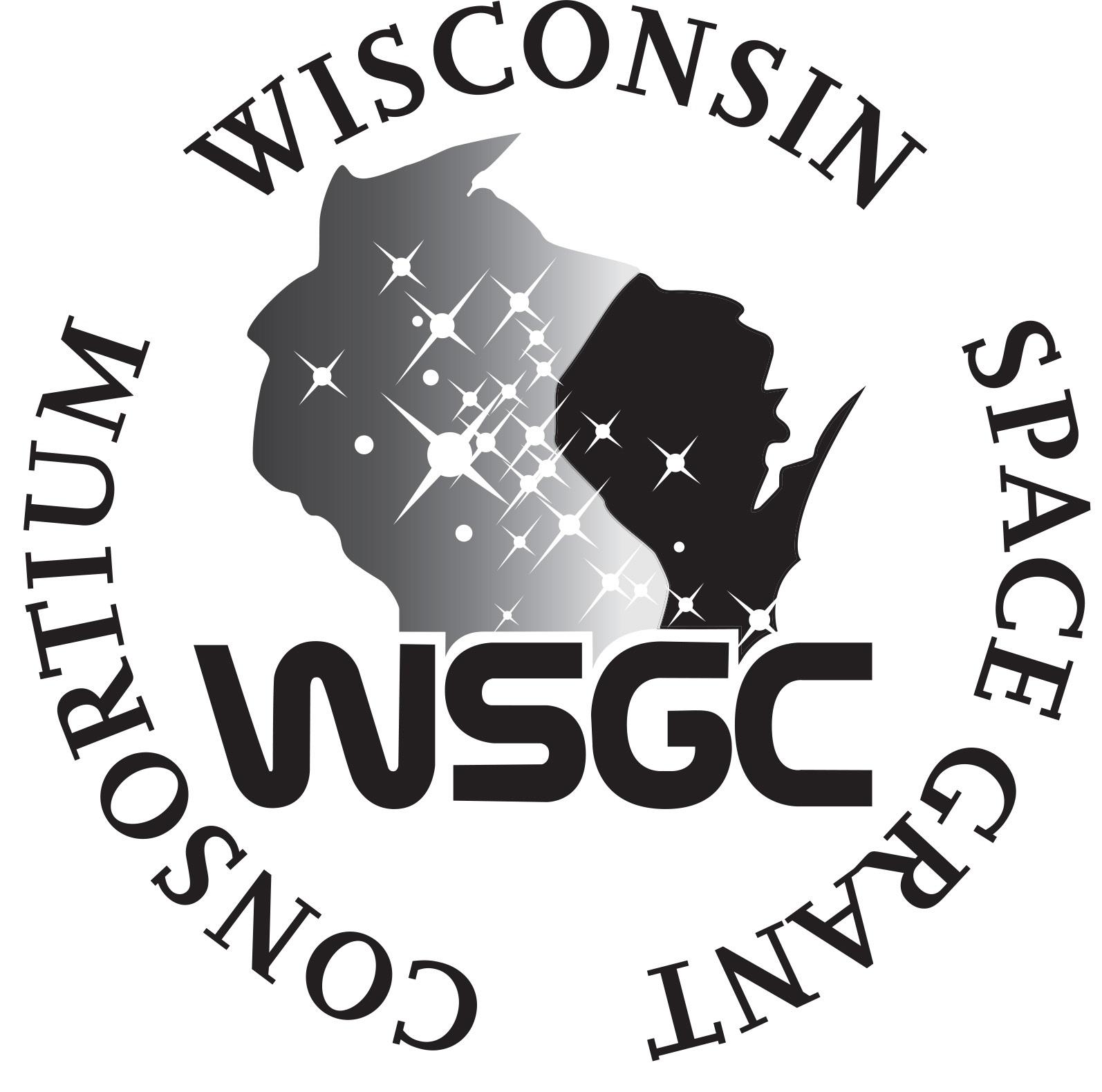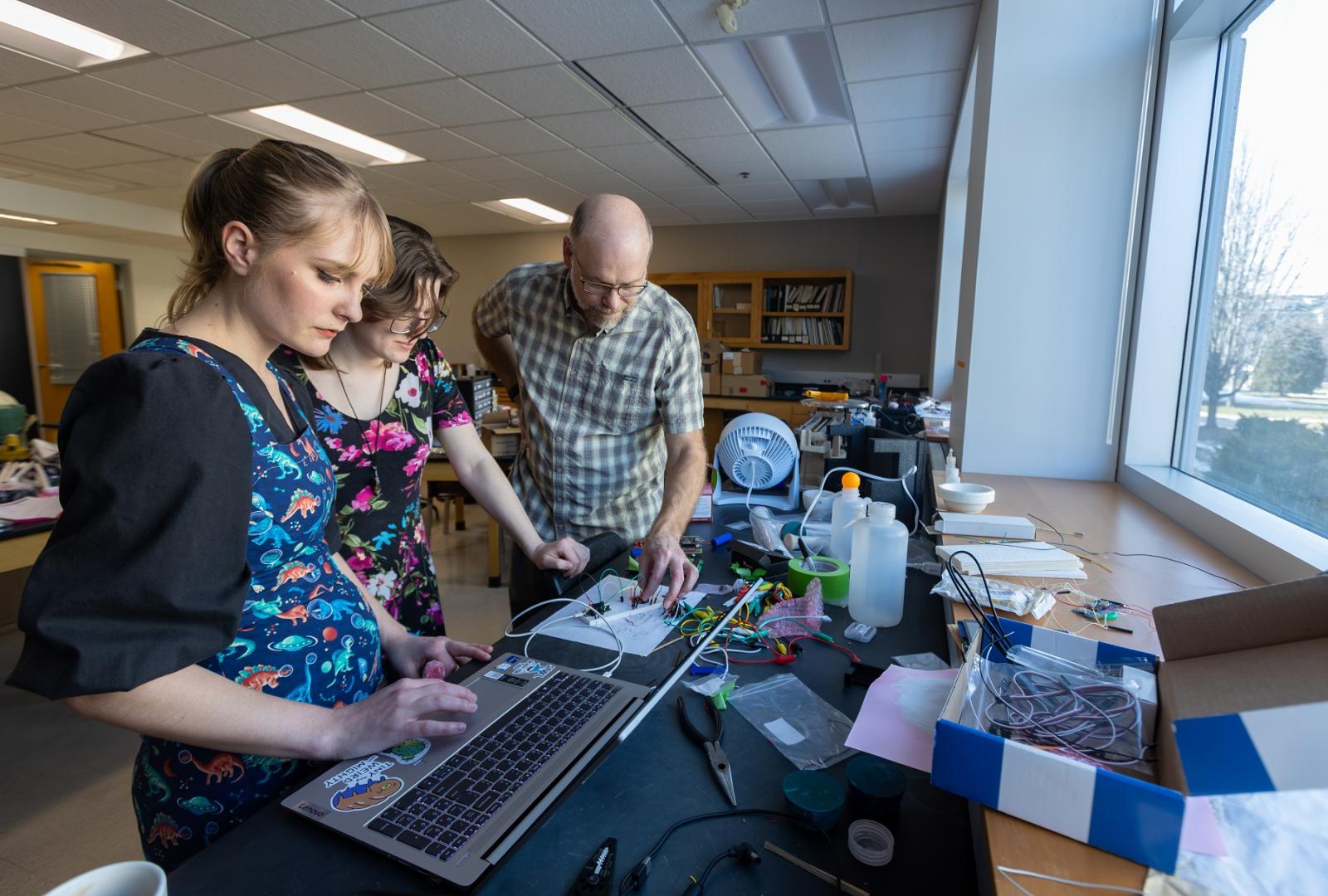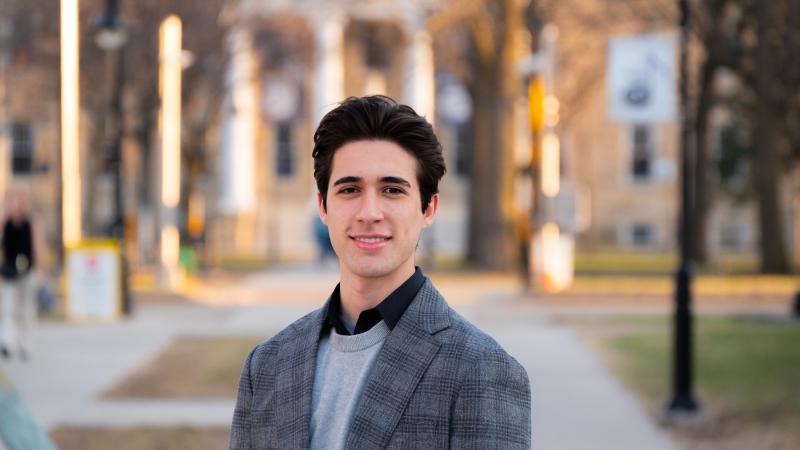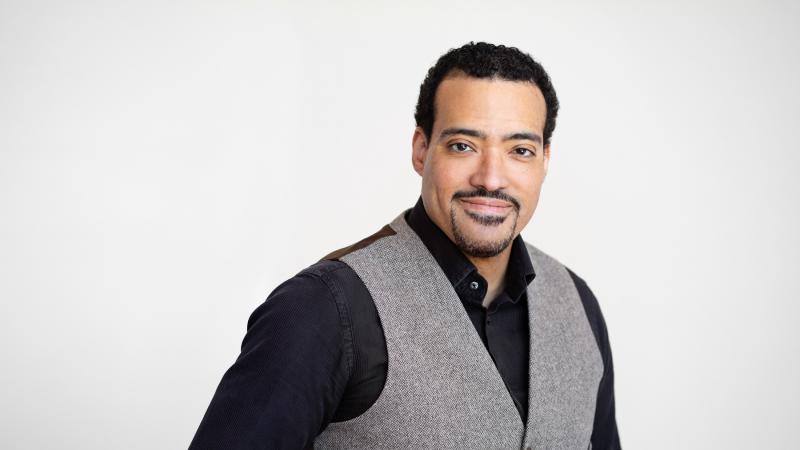Lawrence University geosciences professor Jeff Clark and two students have set out to build handheld spectrometers for use in research and hands-on instruction.
Funded by a $10,000 grant from the Wisconsin Space Grant Consortium (WSGC), an educational branch of NASA, the project is expected to produce 10 functioning spectrometers by the end of Spring Term. The devices, which capture wavelengths of reflected light and thermal radiation, are used to analyze earth-surface materials. Clark uses them in multiple geosciences courses, as well as in a WSGC-funded summer research program that uses drones to image earth.
The Congressionally funded WSGC supports STEM education through scholarships, research grants, internships, and more. This grant, awarded from the consortium's Higher Education Incentives program, is funding the spectrometer-building by Clark and students Sydney Closson and Kat McClain during both the Winter and Spring terms. Closson is a junior from Rolesville, North Carolina, seeking a dual degree in geosciences and music; McClain is a junior from Madison, Wisconsin, majoring in geosciences.

Kat McClain, a Lawrence University junior, works on the wiring of a spectrometer as junior Sydney Closson looks on. A grant is allowing the two students to work with professor Jeff Clark on the project.
The process of building spectrometers requires multiple skill sets, including soldering, 3D printing, electronic wiring, and programming. Each member of the team brings an essential skill to the project, and all three are learning something new—Closson brought experience in 3D printing; McClain had experience in soldering, for example.
“Sydney and I hadn’t soldered before,” Clark said. “We’re kind of learning this as we go, which is fun, to learn new skills.”
The skills being developed will be useful long after this project concludes.
Get to know Earth's past, present, and future with the multidisciplinary study of geosciences.
“All the skills we’re learning here, whether it’s soldering, learning how to troubleshoot, or coding—they’re applicable across a lot of different fields, and it’s going to be helpful in the future,” Closson said.
McClain has been a student in the Clark-led classes where these updated spectrometers will now be used.
“And I did the drone research project over the summer,” she said.

Jeff Clark secured a grant that is allowing him to work with Sydney Closson and Kat McClain during Winter and Spring terms to build 10 spectrometers.
McClain said working on the construction of the spectrometers gives her greater insight into the technology involved.
Clark, a member of the Lawrence faculty since 1998, has been leading students in field research projects using drones, GIS, and GPS to map changes in the Earth’s surface. His research has explored changes in land cover and crop phenology and the rate of bluff retreat along the Lake Michigan shoreline. His research also has helped inform renewable energy infrastructure at Björklunden.

Building their own spectrometers, though, is new territory. It’s required a lot of stopping and starting.
“I had a lot of fun troubleshooting,” Clark said. “Just trying to devise ways of testing that the connections were good.”
It remains a work in progress. Once they nail down the process of building the devices, Clark expects each unit to take 10 to 12 hours to complete.
This isn’t the first time Closson and McClain have benefited from WSGC funding. A year ago, Closson was the recipient of WSGC’s highly competitive statewide scholarship. This year that scholarship was awarded to McClain. The scholarship, separate from the grant awarded to Clark, assists individual students in their undergraduate studies.



